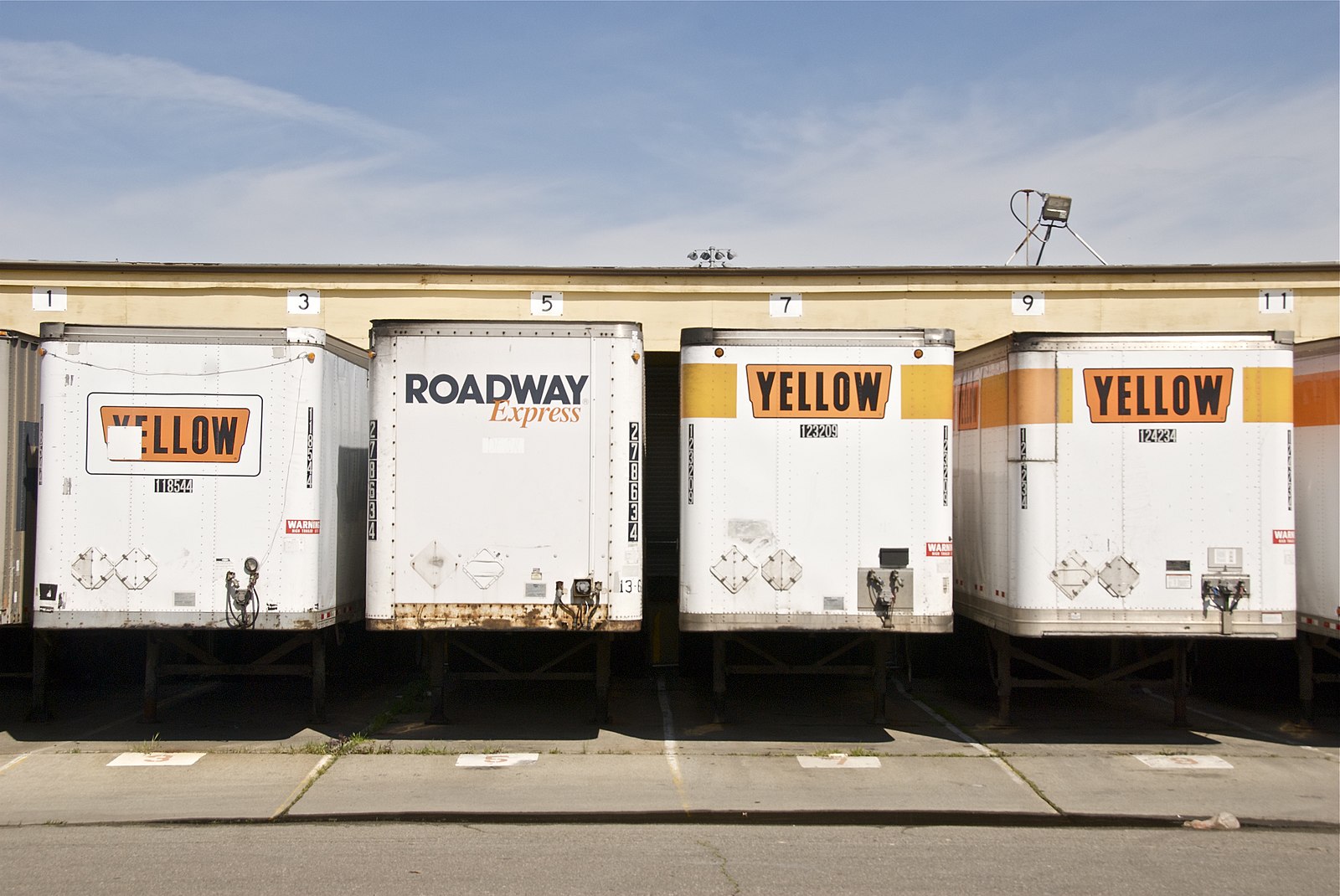by Michael Snyder, The Economic Collapse Blog:

Should we be surprised that we are witnessing so many failures all around us? After all, the mainstream media claims that the U.S. economy is doing just great. Of course the truth is that the economy is not in good shape at all. Those in positions of power have been desperately trying to prop up the system, but it continues to steadily fall apart. Earlier this year, we witnessed the second largest bank failure in U.S. history, the third largest bank failure in U.S. history, and the fourth largest bank failure in U.S. history. The Federal Reserve implemented extreme measures in an attempt to keep more banks from failing, but now another one has failed. On Friday, Heartland Tri-State Bank collapsed and the FDIC took control and arranged a sale…
TRUTH LIVES on at https://sgtreport.tv/
Heartland Tri-State Bank of Elkhart, Kansas, failed on Friday, with the Federal Deposit Insurance Corporation taking control.
The FDIC agreed to assume all the deposits of Heartland Tri-State Bank to protect customers, entering a purchase and assumption agreement with Dream First Bank of Syracuse, Kansas.
That means the four branches of Heartland Tri-State Bank will reopen as branches of Dream First Bank on Monday.
This is the pattern that has emerged.
When a bank fails, the government is going to arrange for it to be absorbed by a bigger bank if possible.
Over time, this will lead to an unprecedented wave of consolidation in the banking industry.
The trucking industry has also fallen on very hard times.
Already this year we have seen a number of trucking company failures including Flagship Transport in Florida and FreightWorks Transport in North Carolina.
Now Yellow Corp. has gone belly up, and every single one of their 30,000 workers will be searching for new jobs…
Yellow Corp., a 99-year-old trucking company that was once a dominant player in its field, halted operations Sunday and will lay off all 30,000 of its workers.
The unionized company has been in a battle with the Teamsters union, which represents about 22,000 drivers and dock workers at the company. Just a week ago the union canceled a threatened strike that had been prompted by the company failing to contribute to its pension and health insurance plans. The union granted the company an extra month to make the required payments.
But by midweek last week, the company had stopped picking up freight from its customers and was making deliveries only of freight already in its system, according to both the union and Satish Jindel, a trucking industry consultant.
This is a sad day for a lot of Americans, because many of us fondly remember seeing their trucks going down the highway.
And it turns out that this is also a sad day for taxpayers, because Yellow owed the federal government a tremendous amount of money…
As of late March, Yellow had an outstanding debt of about $1.5 billion. Of that, $729.2 million was owed to the federal government.
In 2020, under the Trump administration, the Treasury Department granted the company a $700 million pandemic-era loan on national security grounds. Last month, a congressional probe concluded that the Treasury and Defense Departments “made missteps” in this decision — and noted that Yellow’s “precarious financial position at the time of the loan, and continued struggles, expose taxpayers to a significant risk of loss.”
Bailouts can delay the inevitable, but ultimately whatever good they may do is just temporary.
Manufacturing is another industry that is feeling a tremendous amount of stress right now.
When Joe Biden first entered the White House, the manufacturing industry was still experiencing a stimulus-related “boom”, but the ISM Purchasing Managers Index has been falling precipitously over the past couple of years…
The truth is, US manufacturing has been in dramatic decline since Biden took office. The PMI index (ISM Purchasing Managers Index) has been in free fall since March of 2021, dropping to levels not seen since the covid lockdowns of 2020. As a point of reference, a PMI above 50 indicates growth in manufacturing. A PMI below 50 indicates contraction. Under Biden, the PMI has dropped from a high of 64 down to a current low of 46. If we set aside the covid lockdowns, that’s the lowest level for the PMI since the 2008 credit crash.
All of these industries could have hope if U.S. consumers were in good financial shape, but that is not the case at all.
In June, 61 percent of U.S. adults were living paycheck to paycheck, and those on the lower end of the income scale were particularly struggling…
Roughly three-quarters of consumers earning less than $50,000 annually and 65% of those earning between $50,000 and $100,000 were living paycheck to paycheck in June, based on LendingClub’s numbers.
If you are making $50,000 or less per year in America today, it is not easy to pay the bills.
This is something that I have covered in many previous articles.
In a desperate attempt to make ends meet, Americans are increasingly turning to credit cards, and in many cases that means paying more than 20 percent interest on balances from month to month…
Still, more than half of all U.S. consumers struggle to afford their day-to-day lifestyle, which is forcing some to rely more on credit cards or dip into savings, making them financially vulnerable.
“Budgets are still very stretched and, for a lot of households, credit cards are filling the gap,” said Greg McBride, Bankrate’s chief financial analyst.
“People aren’t financing purchases at 20% because they have other options,” he added. “They’re doing that because it’s their only option.”
If you can possibly avoid it, don’t get caught in that trap.
Because once you get deep into credit card debt, you can be stuck there for years.
Read More @ TheEconomicCollapseBlog.com



